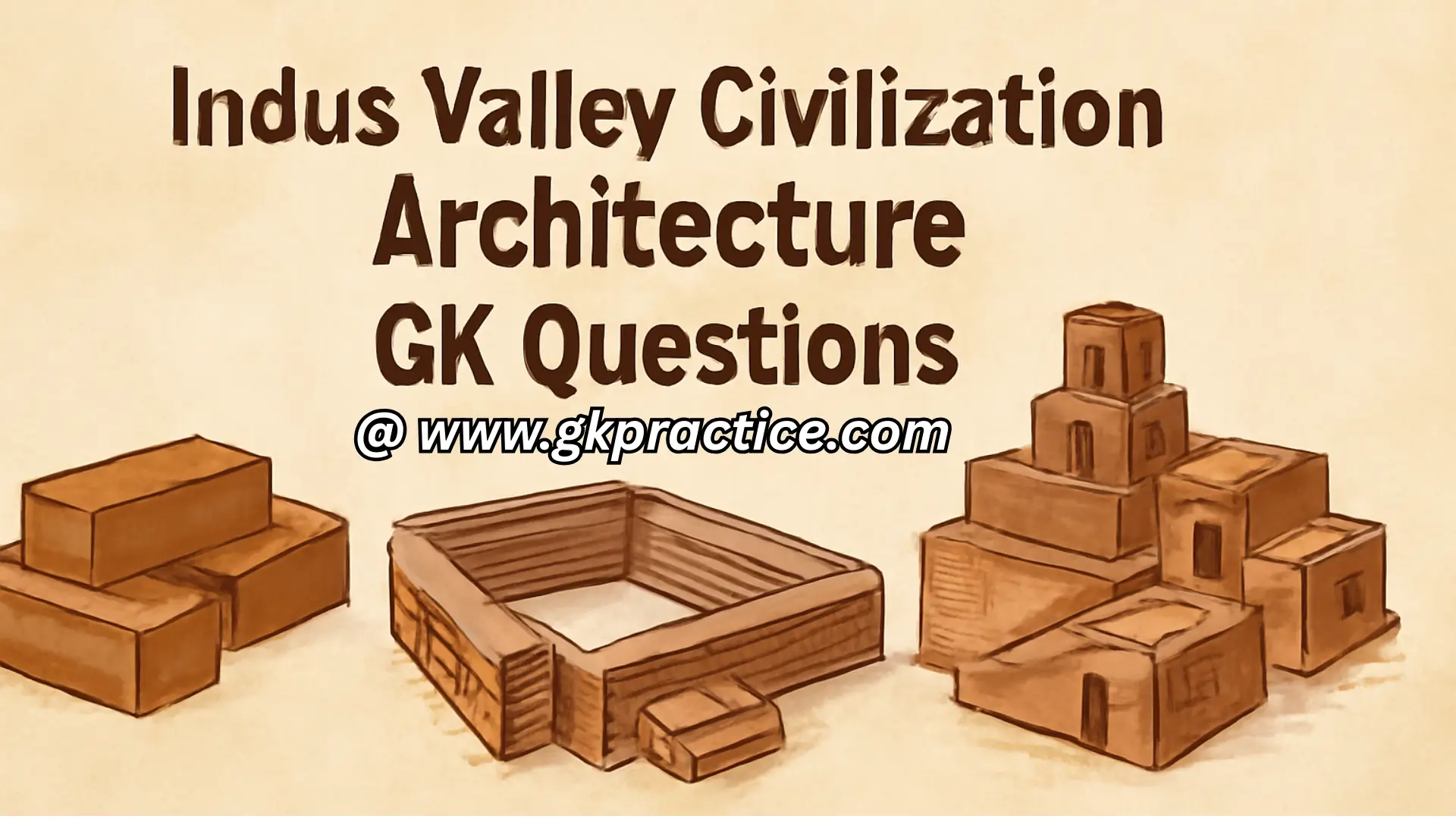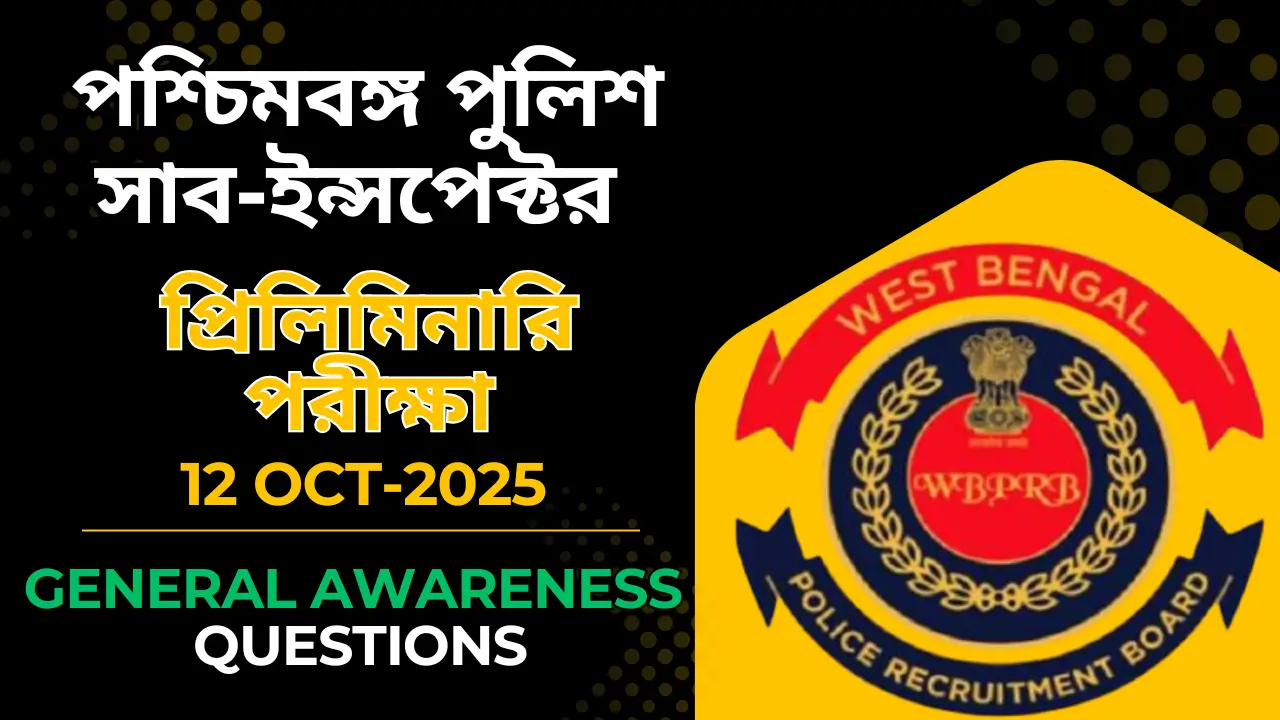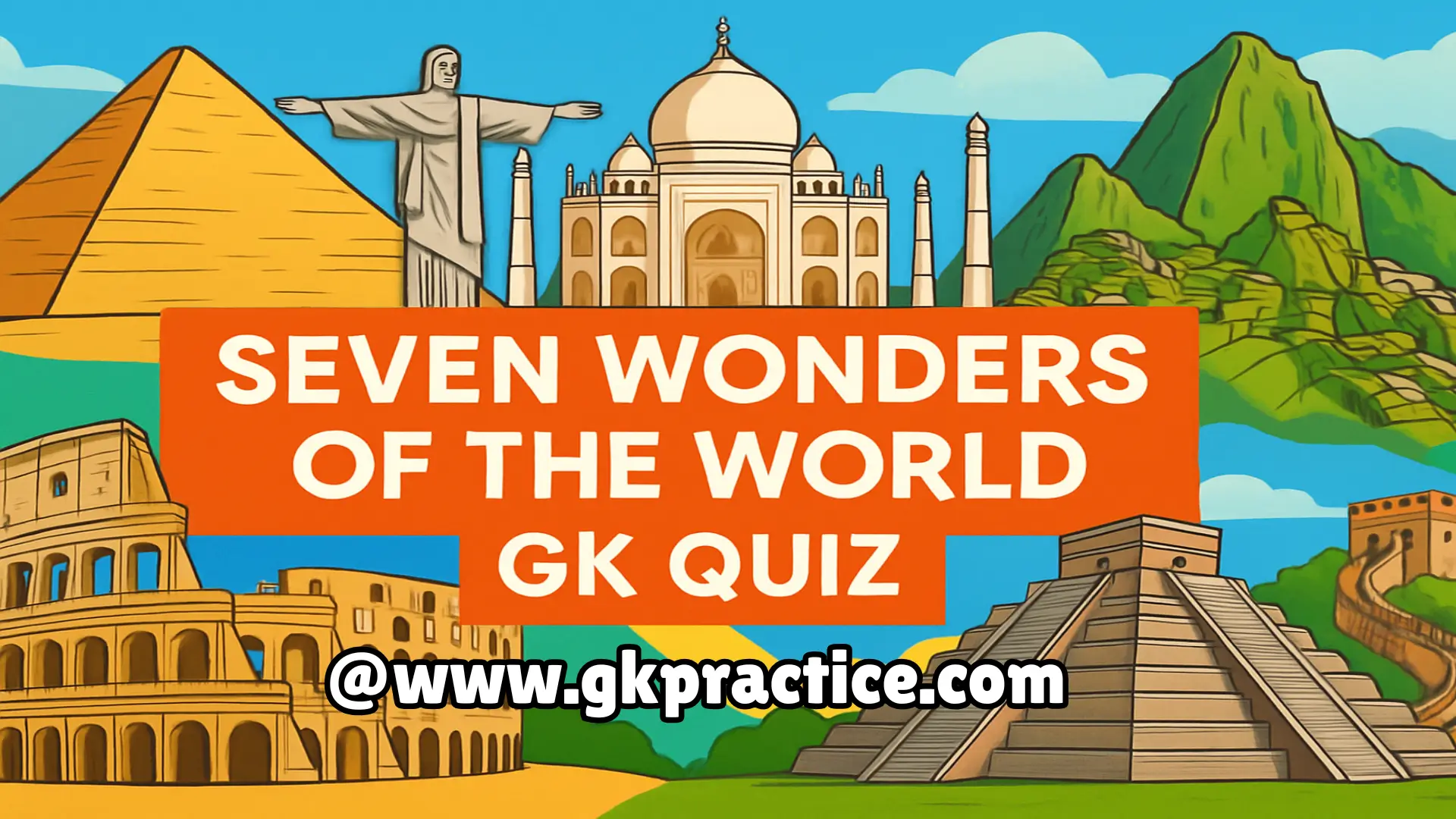Q31) The ‘Lower Town’ in Indus Valley cities was:
A) Reserved for elites
B) Meant for ritual purposes
C) Used as a burial site
D) Residential area for common people
Explanation: The lower part of cities like Mohenjo-daro was where the general population lived, while the citadel housed important structures.
Q32) Which item was used for sanitary purposes in every house?
A) Water clock
B) Fire altar
C) Toilet with drains
D) Sand filter
Explanation: Most houses had private toilets connected to drainage systems, reflecting the people’s focus on cleanliness and hygiene.
Q33) The Indus Valley brick ratio was typically:
A) 2:1:1/2
B) 3:2:1
C) 4:2:1
D) 6:3:2
Explanation: The standardized brick size ratio of 4:2:1 helped in uniform construction and stability of walls and structures.
Q34) Which site displays evidence of fire altars, suggesting early rituals?
A) Dholavira
B) Kalibangan
C) Lothal
D) Surkotada
Explanation: Kalibangan in Rajasthan is known for its fire altars, providing evidence of early Vedic-type rituals.
Q35) Which of the following was NOT found in the architectural remains of the Indus Valley?
A) Fortification walls
B) Stone statues
C) Pillared halls
D) Domes
Explanation: There is no evidence of dome architecture in Indus Valley sites; structures were mainly flat-roofed.
Q36) The wall thickness in Harappan buildings mainly ensured:
A) Aesthetic beauty
B) Structural stability
C) Seismic resistance
D) Air circulation
Explanation: Thick walls made of burnt bricks added to the strength and durability of buildings, providing stability.
Q37) Which of the following cities had a sophisticated water reservoir?
A) Lothal
B) Dholavira
C) Chanhudaro
D) Rakhigarhi
Explanation: Dholavira had massive reservoirs for water storage, reflecting advanced water management and engineering.
Q38) Which of these features does NOT correspond to Indus Valley bathrooms?
A) Covered drains
B) Ceramic bathtubs
C) Raised platforms
D) Mud flooring
Explanation: Bathrooms usually had a sloped brick floor for water drainage, but no evidence of ceramic bathtubs has been found.
Q39) Which city had a unique elliptical-shaped stadium?
A) Harappa
B) Dholavira
C) Lothal
D) Banawali
Explanation: The stadium-like structure at Dholavira was an architectural marvel, used probably for gatherings or games.
Q40) Which technique was NOT used by the Indus Valley people?
A) Use of corbelled arches
B) Hydraulic engineering
C) Crafting bricks
D) Grid town planning
Explanation: Corbelled arches were not known in Indus architecture; doors and windows used simple lintels.







